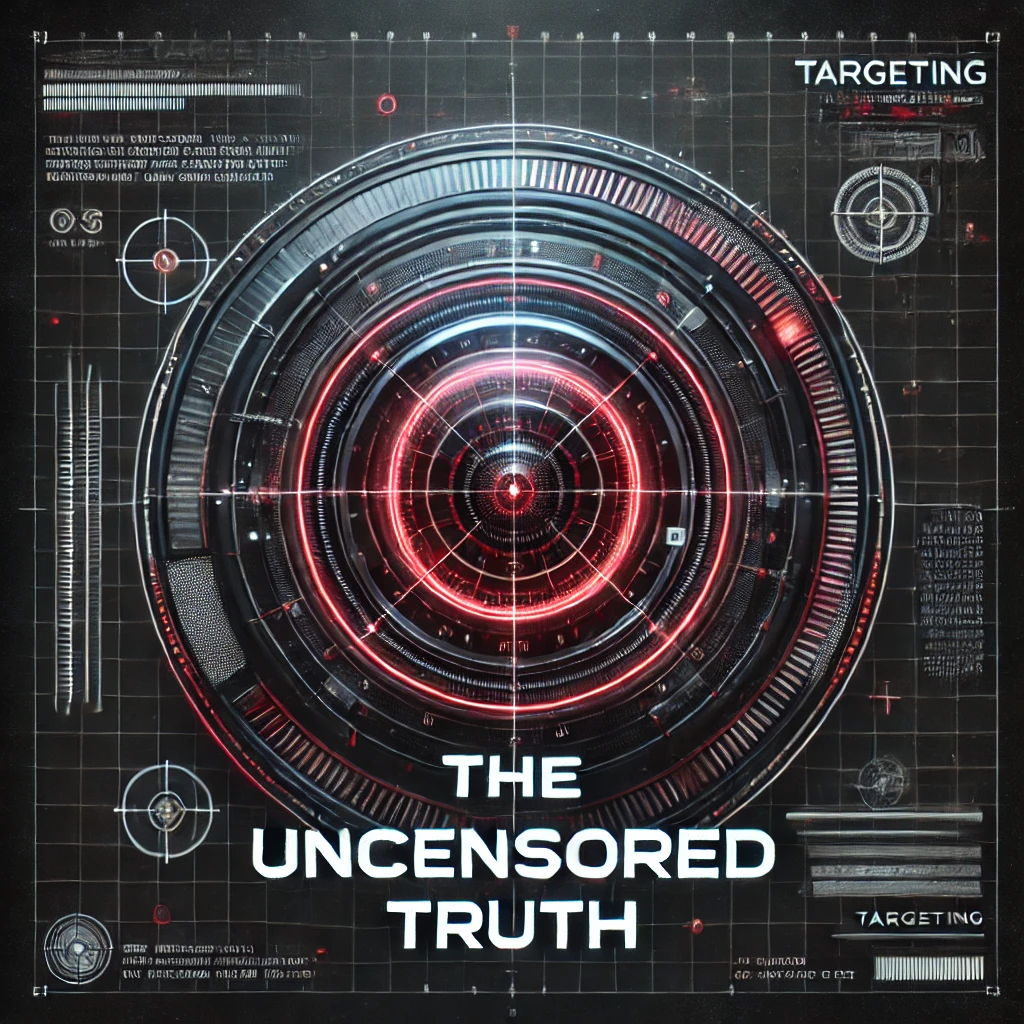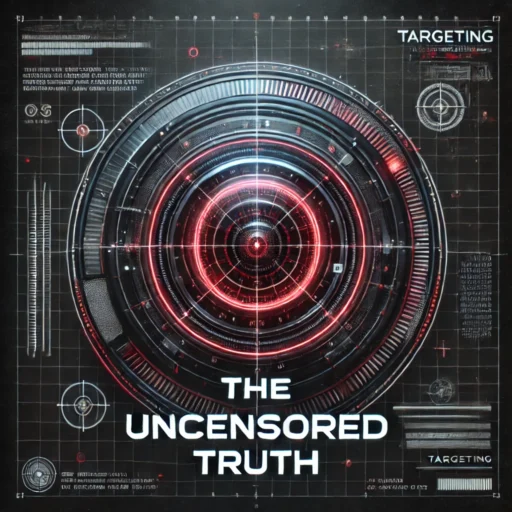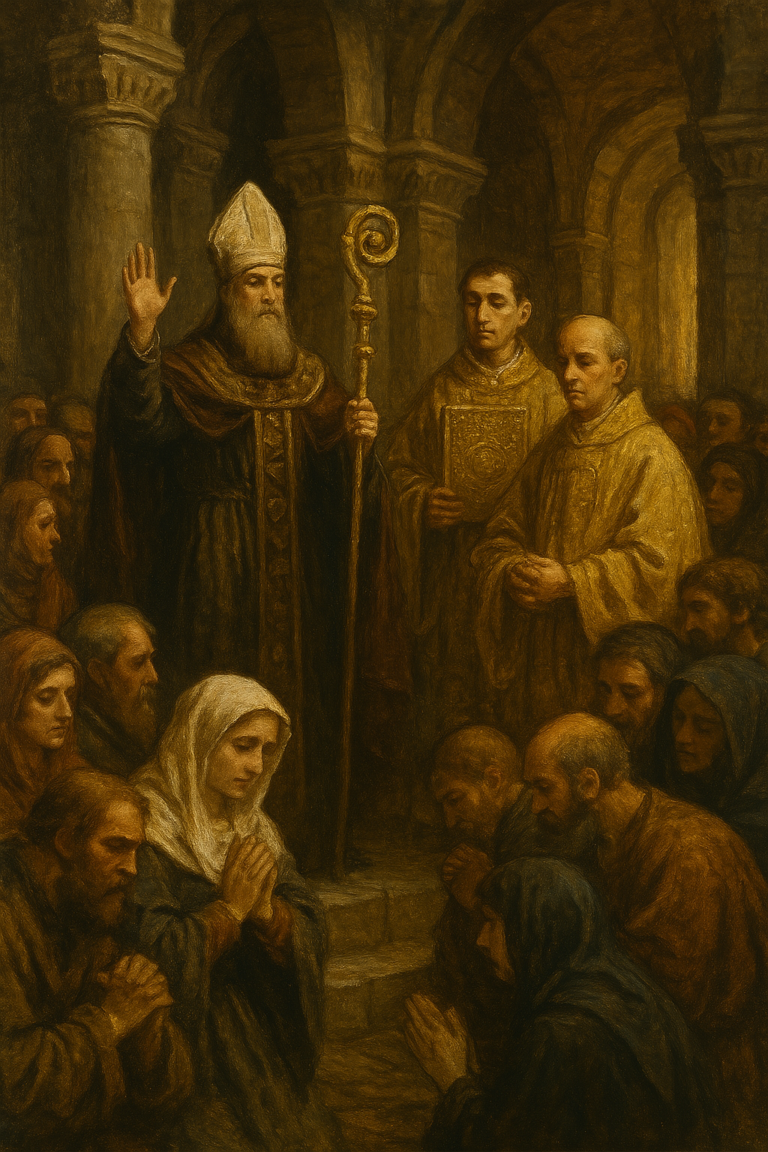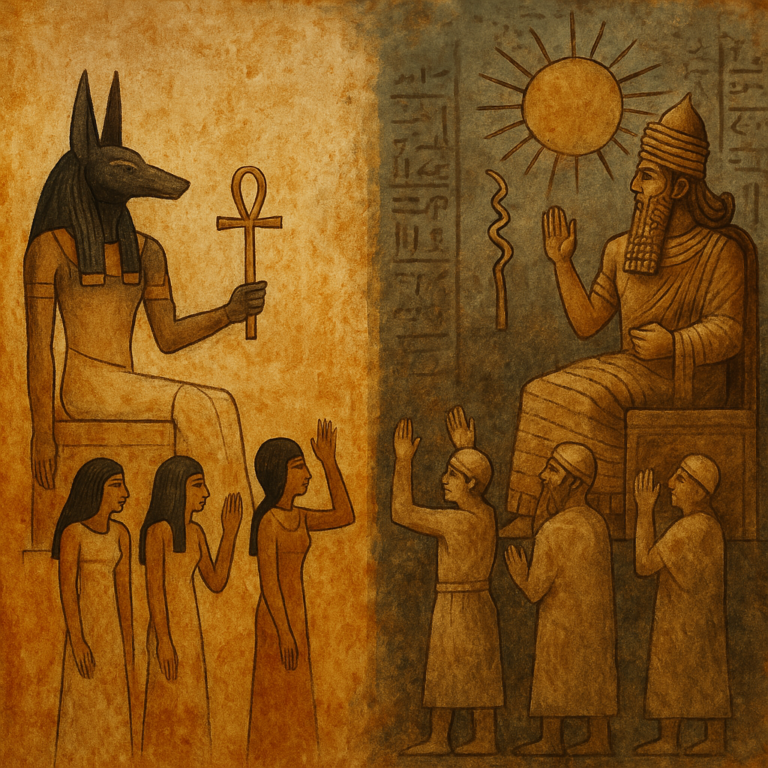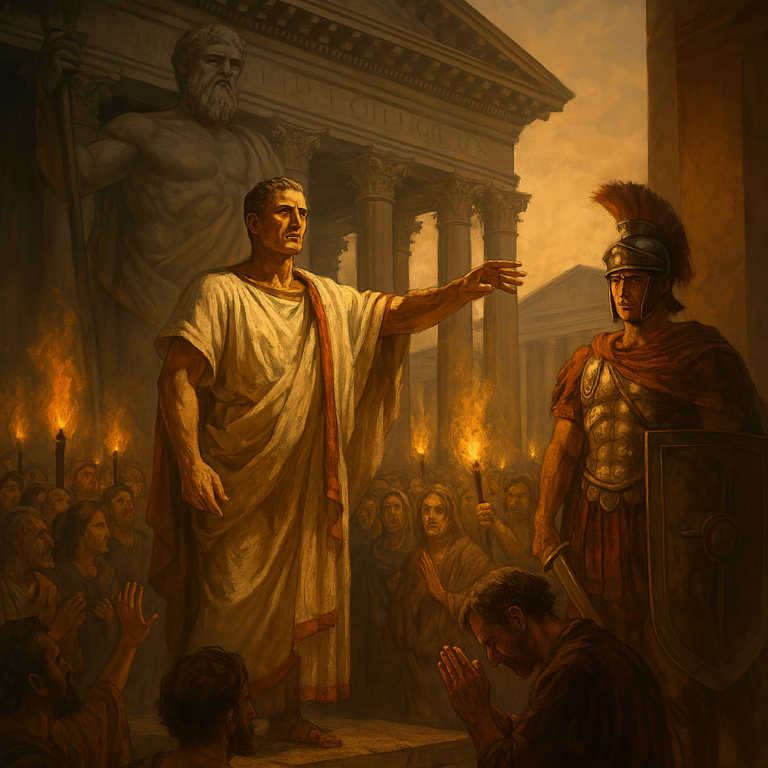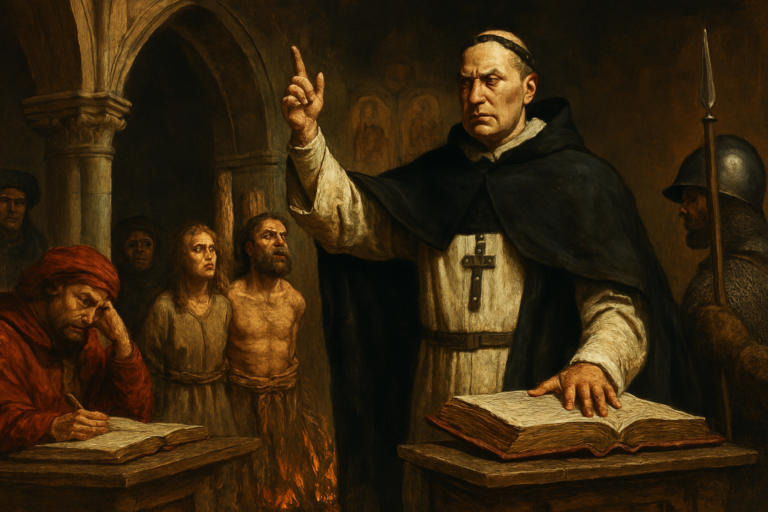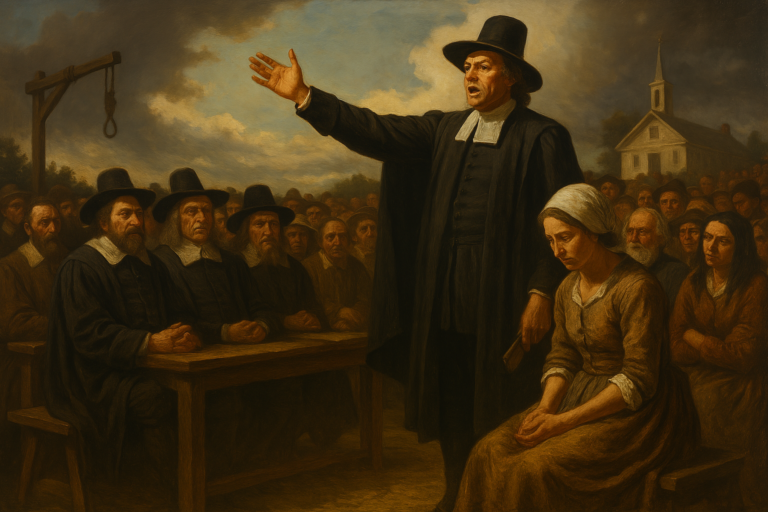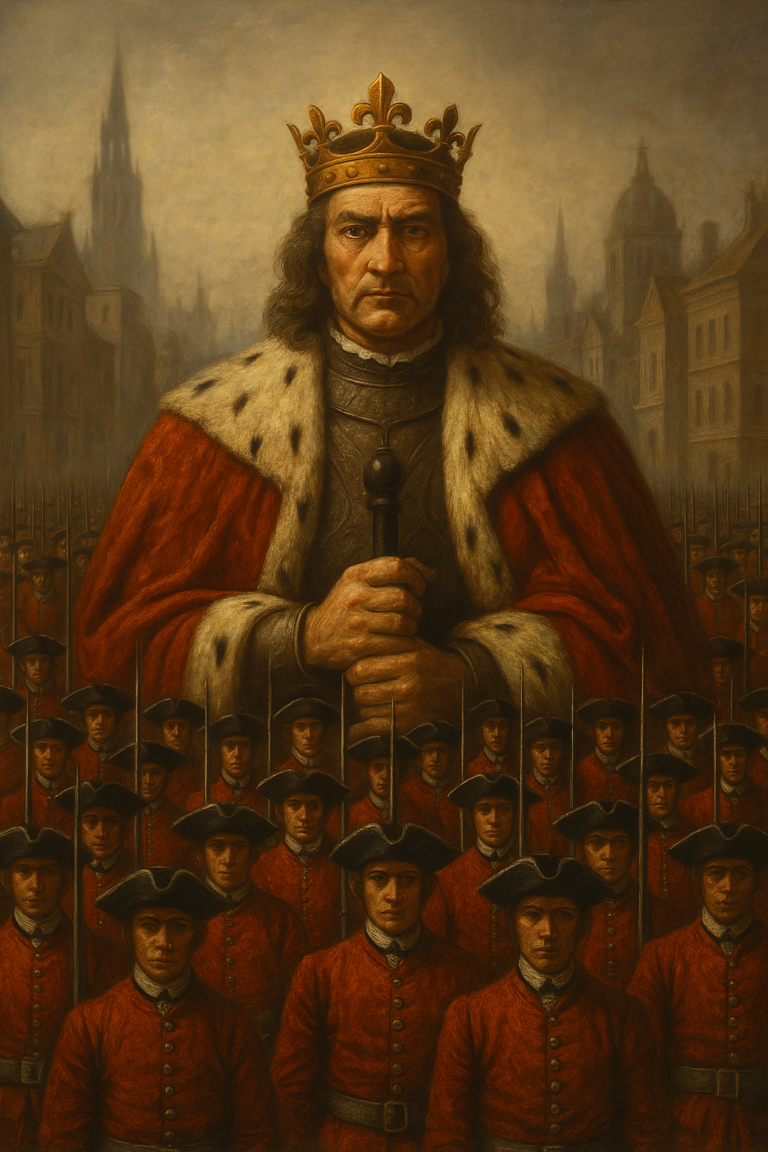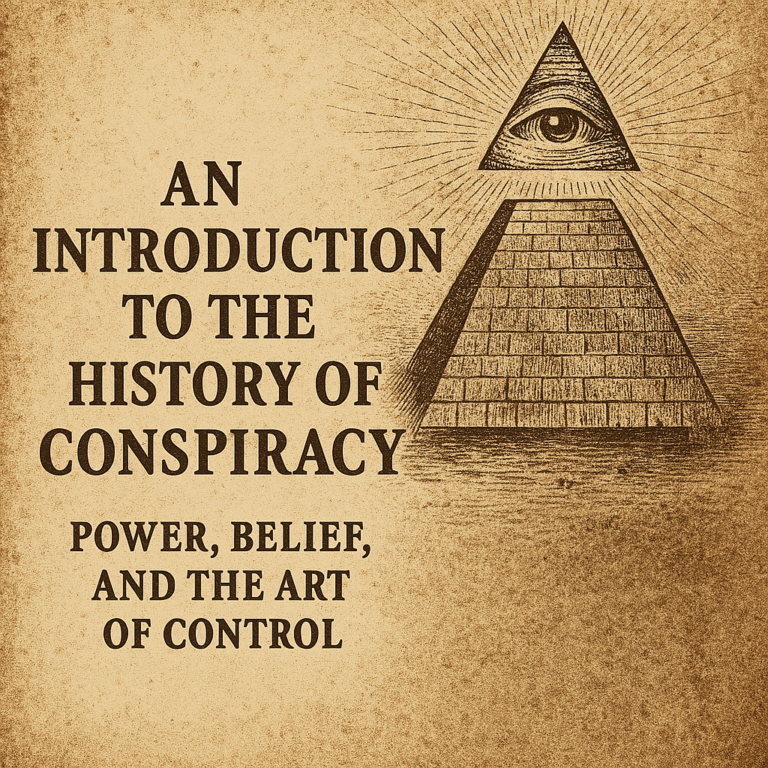Part III – 500 to 1000 AD: The Church and the Ideological Afterlife of Rome
When the Western Roman Empire fell in 476 AD, many expected chaos. And for a time, there was. But what emerged from the ruins was not freedom — it was a new model of control, built not on roads and legions, but on ritual, fear, and spiritual submission.
Between 500 and 1000 AD, power in Europe shifted from emperors to monarchs and bishops — and, increasingly, to the Catholic Church, which would come to dominate law, morality, knowledge, and the very boundaries of permissible thought.
This was not accidental. It was structural.
Where Rome used divine emperors and civic rituals, the medieval world perfected invisible control: a system where sin replaced sedition, excommunication replaced execution, and the soul became the new battlefield for obedience.
The Rise of the Church as State
As central Roman authority faded, the Catholic Church filled the void. Popes rose in stature, not just as spiritual guides, but as de facto monarchs, negotiating with kings, crowning emperors, and claiming authority over law and legitimacy itself.
- In 800 AD, Pope Leo III crowned Charlemagne as “Emperor of the Romans,” asserting that only the Church could grant such authority — and thus, only the Church could withdraw it.
- Laws began to reflect this merging of sacred and secular power — canon law influenced feudal contracts, and kings ruled “by the grace of God.”
Control Strategy #1: Position the Church as the only bridge between the earthly and the eternal.
Fear Mechanism #1: Make obedience to rulers indistinguishable from obedience to God.
Heresy, Sin, and the New Thought Police
As Church power expanded, heresy became the most dangerous crime in Europe — not because it threatened individuals, but because it undermined the system.
To believe something contrary to Church doctrine was not simply “wrong” — it was damnable, both in this life and the next. Punishments were not just public — they were spiritual, designed to isolate, shame, and erase.
- Excommunication meant exclusion from the sacraments and community — effectively a social death.
- Anathema was more extreme: a total spiritual and political severing, often accompanied by imprisonment or execution.
- Communities were expected to denounce heretics — or risk punishment themselves.
There was no need for a police state.
The faithful became the enforcers.
Read About The History Of Heresy
Monasteries: The Mind’s Gatekeepers
Monasteries weren’t just centers of prayer — they were the information networks of the medieval world.
- Monks were among the only literate members of society.
- They controlled the copying of texts, which allowed selective preservation — and destruction — of ideas.
- Alternative philosophies, pagan traditions, and dissenting scriptures were often suppressed or recast as heretical.
By monopolizing literacy, the Church determined what could be read, what could be taught, and what could be imagined.
Control Strategy #2: Control access to knowledge, and you control the boundaries of thought.
Fear Mechanism #2: Paint forbidden knowledge as both immoral and dangerous.
The Feudal System: Obedience in Exchange for Survival
The political structure of this era reinforced the Church’s ideological dominance.
- Kings and lords ruled over peasants in a strict hierarchical chain.
- Loyalty to one’s lord was preached as a divine obligation. Disobedience was framed as sin, not just treason.
- In return for land and protection, peasants were expected to labor, tithe, and pray — often with little hope of escape.
Church teachings ensured compliance:
- Poverty was a virtue.
- Suffering was God’s will.
- Rewards came not in life, but after death.
“Blessed are the poor,” said the priests, as the nobles grew richer.
“Turn the other cheek,” said the bishops, as kings prepared for war.
Control Strategy #3: Justify systemic inequality with divine logic.
Fear Mechanism #3: Promise eternal reward for earthly submission — and eternal torment for rebellion.
The Invisible Prison
What emerged by 1000 AD was not a society held together by chains — but by consensus, ritual, and internalized fear. People didn’t need to be threatened by soldiers.
They feared hell, shame, exclusion, and eternal separation from God.
Obedience was encoded into the soul.
And deviation — even in thought — became a crisis of faith.
This was no accident. It was an innovation.
An invisible prison, with every believer a warden.
A System That Policed Itself
The genius of the post-Roman world wasn’t just its power — it was its efficiency.
- Dissenters were rare — because most couldn’t even conceptualize dissent.
- Neighbors reported each other — out of fear, or faith, or both.
- Public rituals, church attendance, and confession turned every village into a micro-surveillance state, without the need for a single guard.
Those who challenged this order — mystics, visionaries, pagan holdouts — were often tried, shamed, or silenced. But the system didn’t need to eliminate all rebels. It just needed most people to believe rebellion was futile — or sinful.
Was It Conspiracy — or Culture?
Some would say this was simply the culture of the time — a reflection of spiritual conviction, not elite strategy. But when spiritual conviction systematically protects elite power, we must at least ask whether belief has been shaped — or manipulated.
Because what emerges from this era is clear:
If people fear eternal punishment for questioning authority, then authority need only speak with the voice of God.
Coming Next: The Inquisition and the Age of Heretic Hunts – 1000 to 1500 AD
In the next chapter, the machinery of control becomes more explicit — and more violent.
We’ll explore how the Church formalized inquisitions, codified heresy, and used terror to preserve orthodoxy through blood, fire, and faith.
Because belief, once weaponized, is never easily put down.
